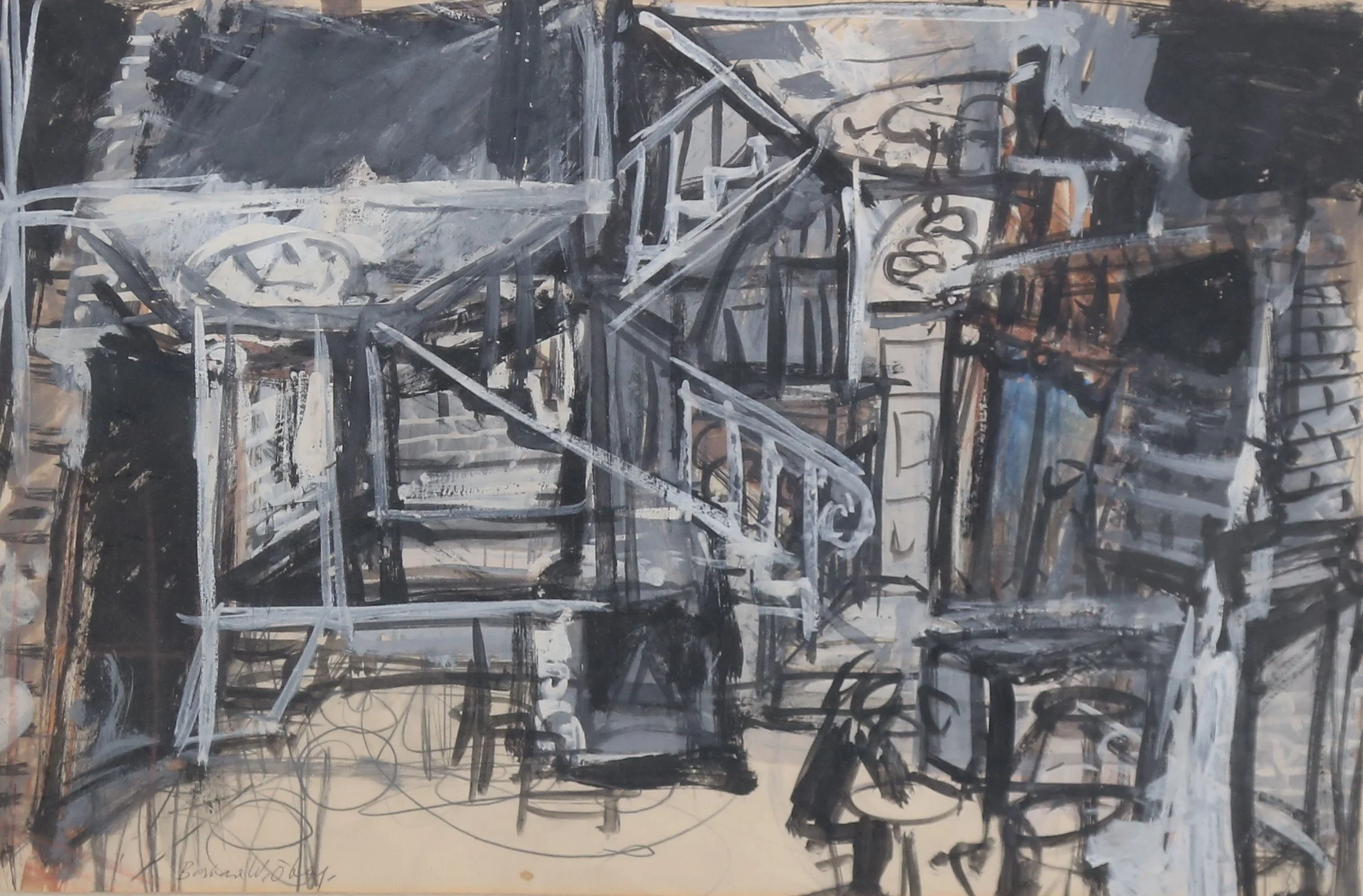
COMING SOON
Visit
Lower Ground Floor, 3-4 Pool Valley
BN1 1NJ, Brighton & Hove.
Viewings by appointment only :) (I’m not always in)

Lower Ground Floor, 3-4 Pool Valley
BN1 1NJ, Brighton & Hove.
Viewings by appointment only :) (I’m not always in)